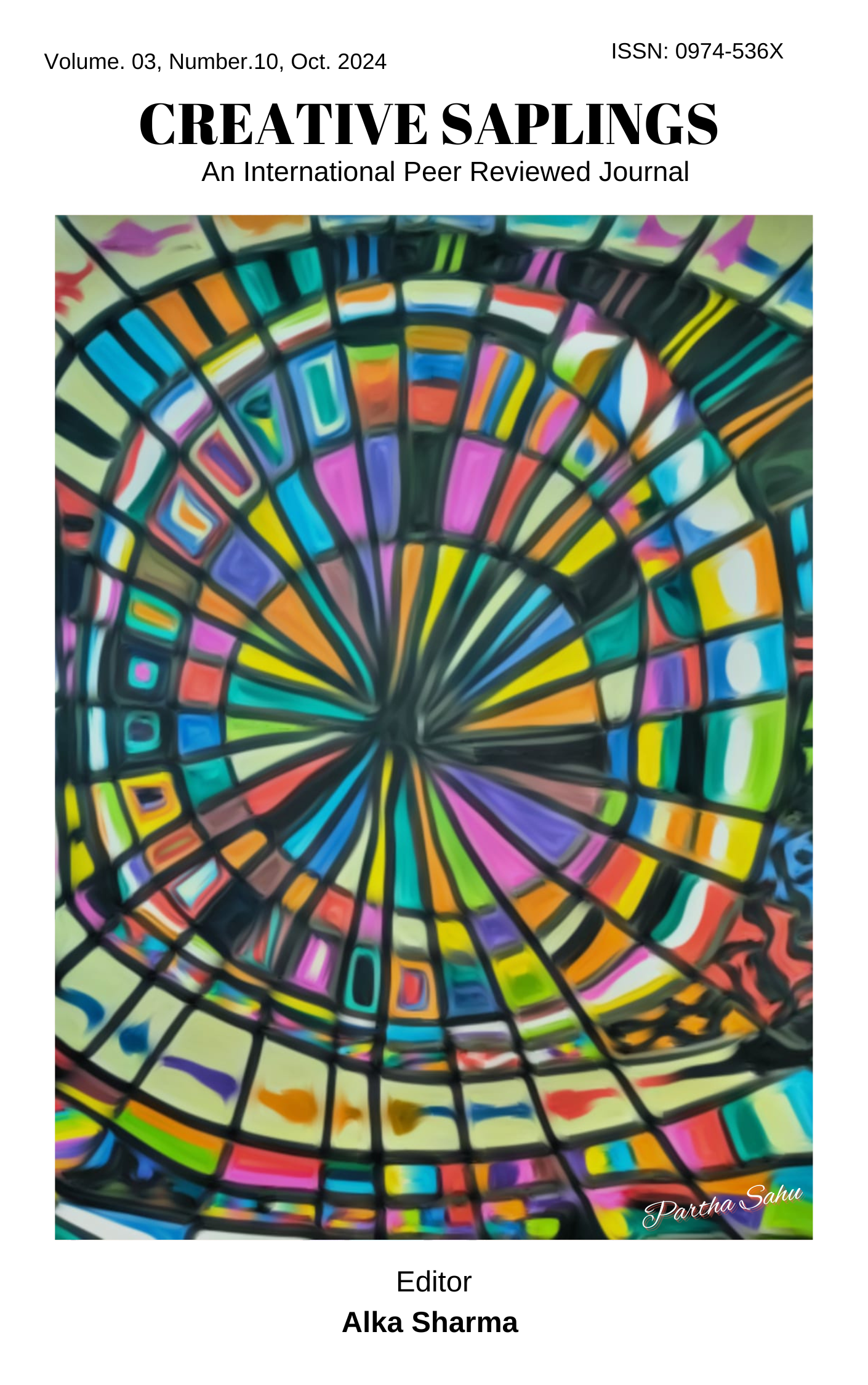Hope and Spirituality of an AF in Kazuo Ishiguro’s Klara and the Sun
DOI:
https://doi.org/10.56062/gtrs.2024.3.10.765Keywords:
Hope, Spirituality, Artificial Friend, Human, Dystopian, Science Fiction, Emotions, Humanoid.Abstract
It has long been believed that emotions are a distinctive feature of humans. In a world where artificial intelligence (AI) is becoming increasingly ingrained, it’s intriguing to consider a time when AI may feel emotions similar to those of human beings. AI systems’ evolution and incorporation of emotional quotient will result in AI that, when a new skill is mastered or a task is completed effectively, it might also feel happy or satisfied. This AI may experience feelings of sadness or disappointment, which, in theory, might motivate it to look for more effective solutions or to convey the severity of the problem more clearly. AI will probably have a stream of consciousness, the same as humans. Klara and the Sun (2021) by Kazuo Ishiguro is set in a future where artificial intelligence and human life meet. Human-like robots, known as “Artificial Friends” (AFs), are created to serve as companions for children. Klara, the central character, is an AF with a unique perspective on the world. The novel explores complex questions about what it means to be human and AI with emotional quotient. This research article attempts to analyze the novel’s underlying themes of hope and spirituality, particularly Klara’s belief in the sun, from the philosophical perspective of a humanoid.
Downloads
References
Ishiguro, Kazuo. Klara and the Sun. Alfred A. Knopf, 2021.
---------- Never Let Me Go. Vintage International, 2006.
Hosuri, Anupama. “Klara and the Sun: A Fable of Humanity in a Posthuman World.” Global Journal of HUMAN-SOCIAL SCIENCE: A Arts & Humanities - Psychology, vol. 21, no. 7, 2021, pp. 1-9.
Jones, Radhika. “In Kazuo Ishiguro’s ‘Klara and the Sun,’ an Android’s Love for a Girl.” The New York Times, 23 Feb. 2021, updated 1 Mar. 2021, www.nytimes.com/2021/02/23/books/review/klara-and-the-sun-kazuo-ishiguro.html. Accessed 11 Sept. 2024.
Klotz, Kenneth. “The Golden Bough: Literature and the Idea of Immortality.” The Journal of Aesthetic Education, vol. 13, no. 4, Oct. 1979, pp. 29-37. University of Illinois Press.
Sahu, Om Prakash, and Manali Karmakar. “Disposable Culture, Posthuman Affect, and Artificial Human in Kazuo Ishiguro’s Klara and the Sun (2021).” AI & Society, vol. 39, no. 4, 2024, pp. 1349-1357.
Downloads
Published
Issue
Section
License

This work is licensed under a Creative Commons Attribution-NonCommercial 4.0 International License.





